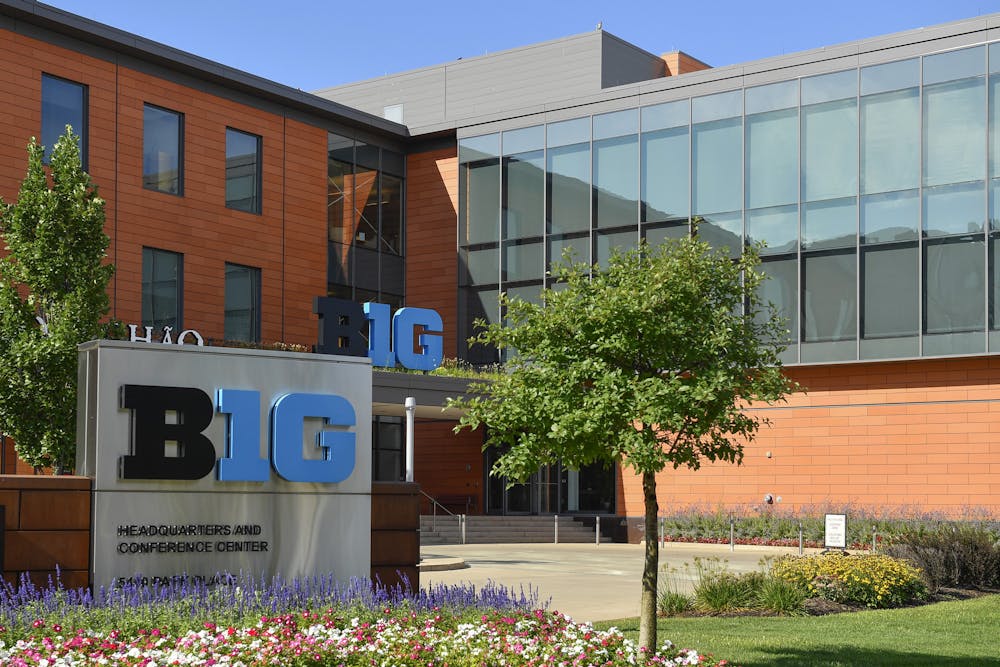The Big Ten is not going to look the same next year. Along with getting rid of divisions, the conference is adding four universities: the University of Southern California, the University of California Los Angeles, the University of Oregon and the University of Washington.
These four schools bring storied traditions and intense rivalries that are sure to be fun. But before delving into each one of these schools, let’s see why they are joining the conference in the first place.
Everyone in college sports knows that football is king. It is by far the most popular, with each D1 FBS football school bringing in around $20 million annually on average. But teams in the Big Ten, Big 12 and SEC bring in around $35 million every year.
You see, the four new teams belonged to the Pac-12 conference, which consisted of West Coast teams. But since 2010, the Pac-12 failed to negotiate a proper TV deal that brought in the most amount of money to the conference. Rather, they tried to launch their own network, which failed miserably.
Without exposure to national audiences, USC and UCLA, some of the wealthiest athletic programs in the Pac-12, decided to leave and go to the Big Ten. The Big Ten recently re-negotiated a new $8 billion dollar deal with Fox, CBS and NBC to stream all of its games in August of 2022.
After USC and UCLA left, the other teams saw the writing on the wall. Six schools announced their departures from the Pac-12, including Oregon and Washington, which joined the Big Ten.
While some might say this is a great thing for the Big Ten, I tend to disagree. Don’t get me wrong, all of the schools in the conference will benefit immensely from this expansion, and the average Big Ten athletics fan will have more marquee matchups against some great schools. But to me, that’s where the benefits end.
The major logistical challenges are what I am most concerned about. Let’s take, for example, a football match between UCLA and Rutgers at Rutgers. UCLA has to travel across the country and three time zones just to play at that spot. And if it's at noon, the West Coast teams would be playing at 9 a.m. Pacific Time.
Another example would be that same football game but the time has changed to 7 p.m. Pacific Time. This would mean 10 p.m. Eastern Time, which would mean Rutgers would play well into 1 a.m. That’s a huge challenge that these teams must face — not to even mention shipping pads and equipment to each venue.
Beyond the logistical problems, the conference has just become way too competitive for any Indiana sport. Now instead of facing three elite teams such as Michigan, Penn State and Ohio State, Indiana football would now have to potentially face seven tough football teams.
In basketball as well, Indiana not only has to face Purdue but now UCLA, one of the most storied college basketball programs. And this goes for all Hoosiers teams. It will become harder for any Hoosier athletic program to not only win the conference but to even be as competitive.
On top of all of that, Big Ten culture and rivalry games will probably become second thoughts as the conference would be focused on getting marquee games on national television. We may not see Purdue-Indiana, Ohio State-Michigan and Michigan-Michigan State as much, which to me is unacceptable.






